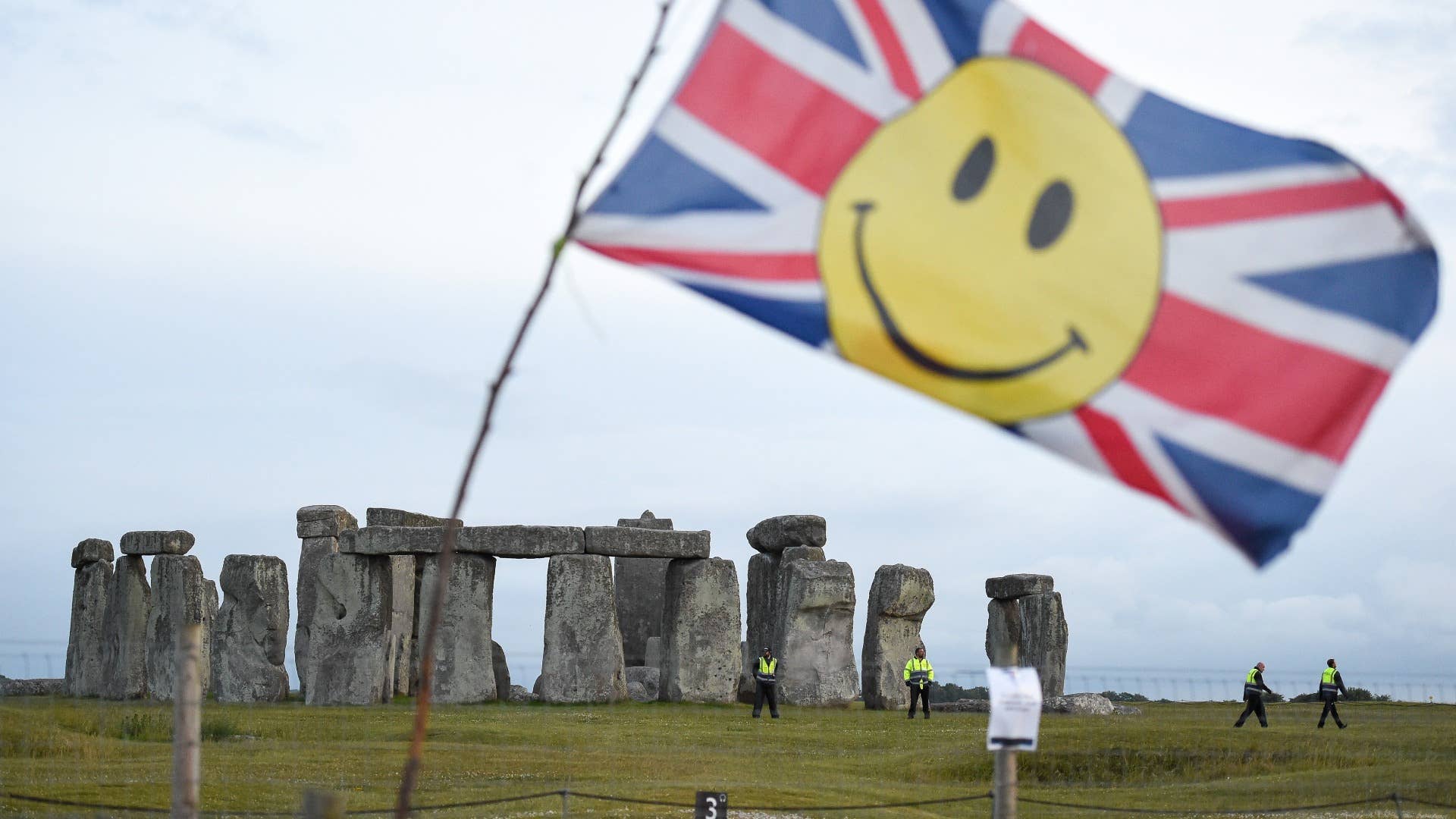
A belatedly returned missing piece has resulted in a key mystery of Stonehenge being solved.
Scientists from the University of Brighton published research in the Science Advances journal this week, perNBC News, that reveals the origins of many of the large stones (i.e. sarsens) that constitute the eons-old marvel of architecture.
The team's analysis of 52 sarsens shows that all but two boasted a common origin, with researchers ultimately comparing the core of one of the sarsens with sarsens-related data from all over the U.K. This brought on the discovery that the stones originated about 15 miles to the north of the site in West Woods, Wiltshire.
The recent return of the core from Florida by a rep from the company (Van Moppes) who handled conservation work at the site circa 1958 was, as stated above, key in these latest findings that move the story of Stonehenge toward a greater clarity.
In a statement to BBC News, English Heritage's Susan Greaney called the findings a "real thrill" while also acknowledging the prior discourse on the sarsens' origin. The stones, Greaney added, were determined in the past as possibly having "come from anywhere."
Researchers added that the discovery could also be of great assistance in figure out how the sarsens were transported in the late Neolithic era, which—understandably—has remained a source of befuddlement among scientists and the general public for centuries.
As highlighted in the abstract summary of the published research, the smaller stones—known as "bluestones"—were previously found to have come from Wales. And why, exactly, the West Woods area was selected as the main source for the larger stones remains unclear.
In the wake of these exciting Stonehenge developments, a definitive answer to the question of who constructed the prehistoric anomaly remains undetermined.

